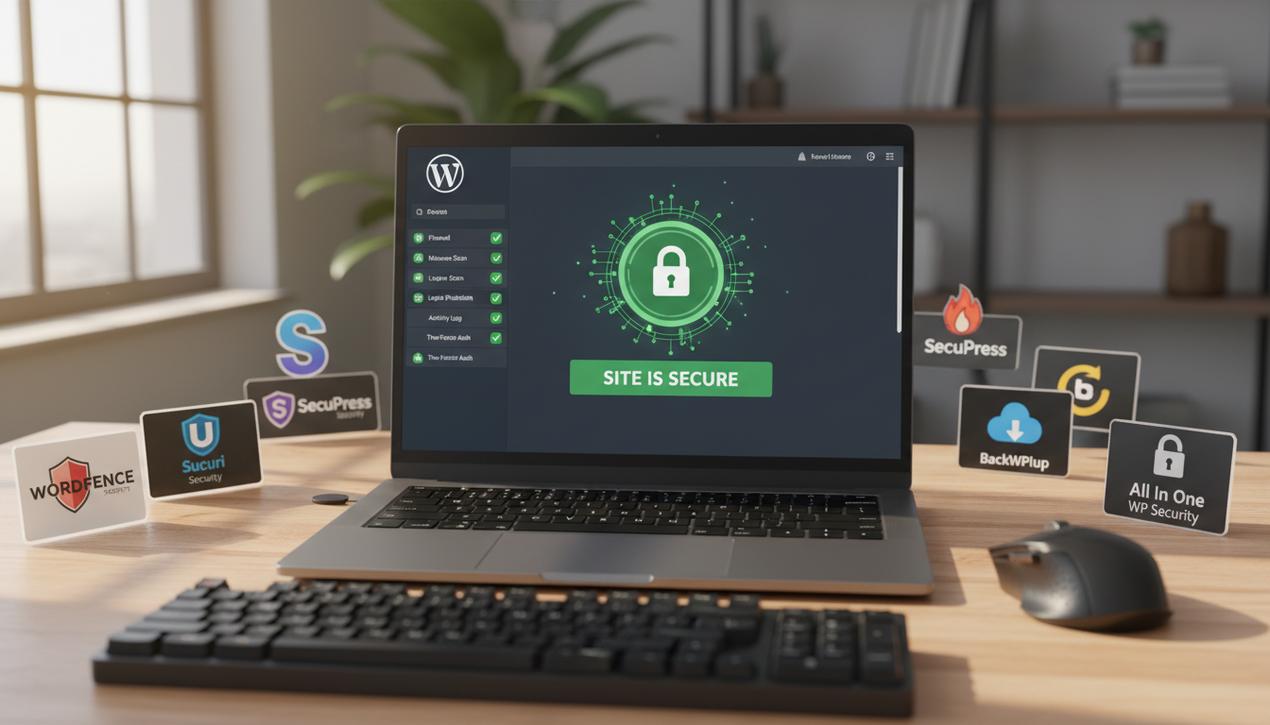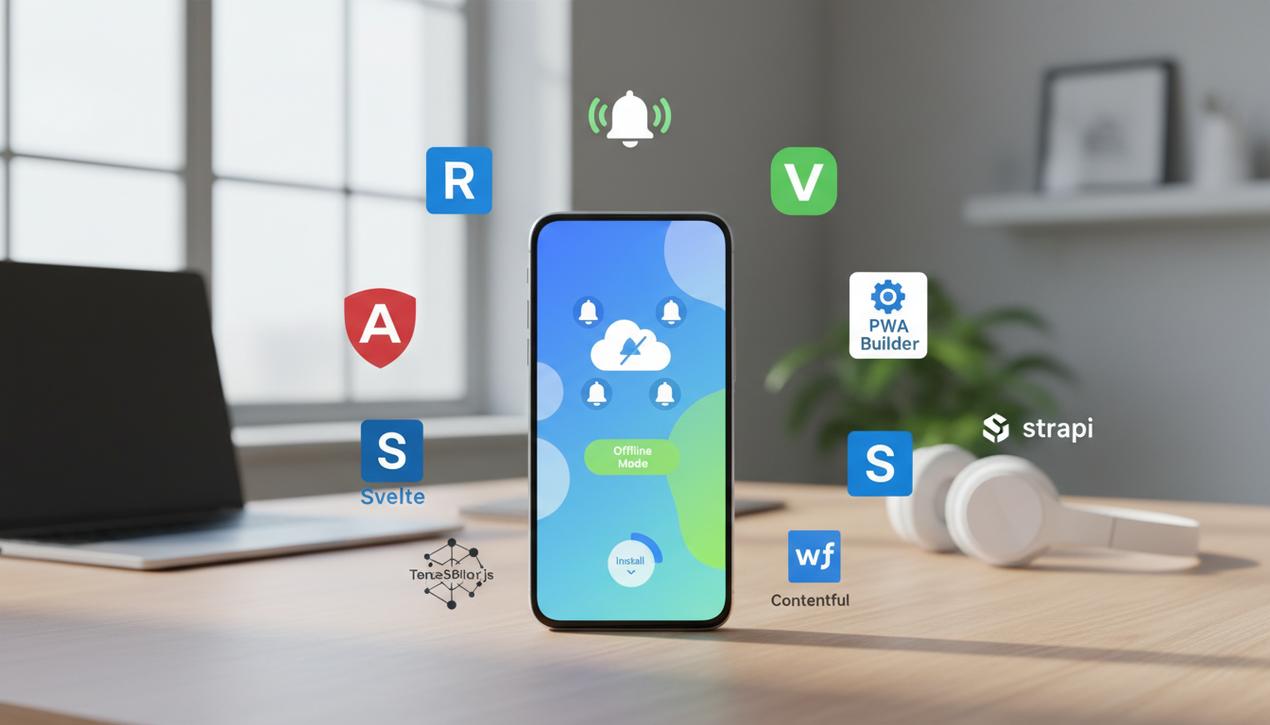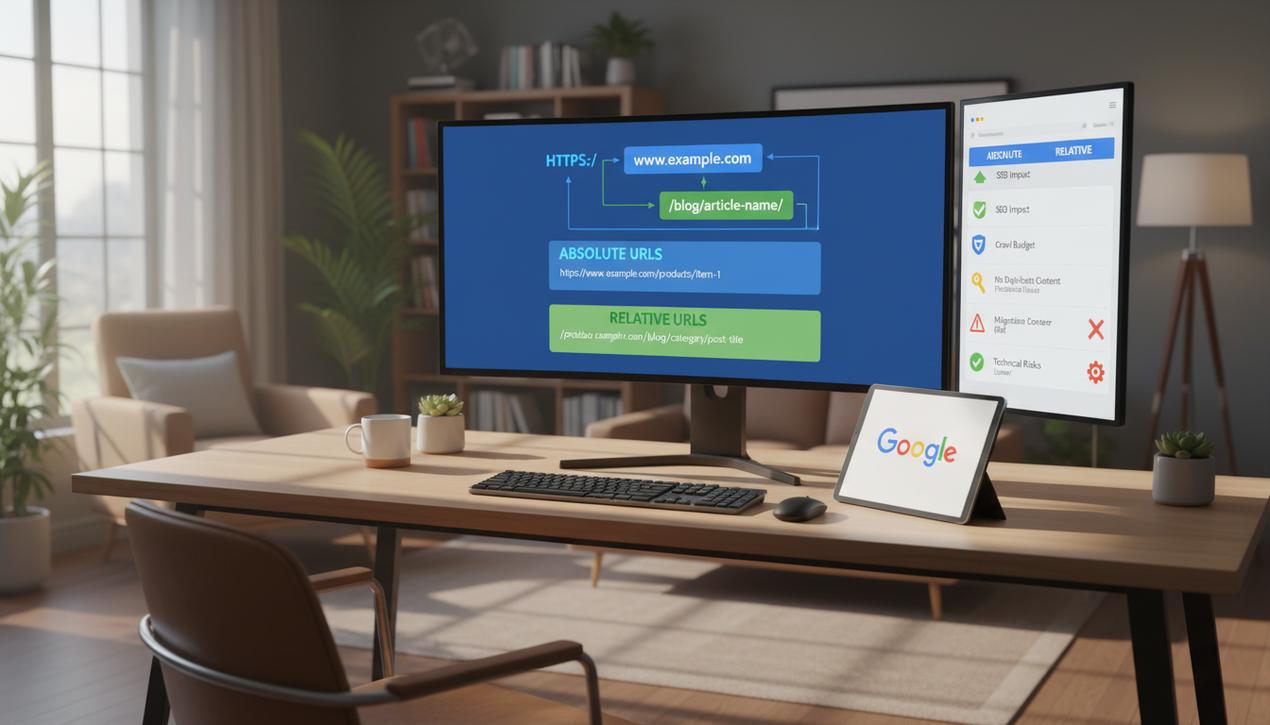WordPress Security: The Complete Guide for 2025


Powering over 43% of the entire web, WordPress’s popularity is both its greatest strength and its most significant vulnerability. This phenomenal success makes it the number one target for hackers. The statistics for 2025 are stark: the average WordPress site is subjected to tens of thousands of attacks daily, and a staggering 96% of all exploited vulnerabilities originate from plugins or themes. A website with neglected security isn’t just at risk of being hacked; it’s a certainty waiting to happen. The consequences can be devastating: data loss, a sharp decline in SEO rankings, theft of customer information, and irreparable damage to your reputation. Fortunately, securing a WordPress site is within everyone’s reach. It’s not a one-time task but an ongoing process. This comprehensive guide will provide you with 15 essential steps and best practices to fortify your website and give you peace of mind.
Why Is WordPress Security So Critical?
The WordPress ecosystem is vast and dynamic, but its open-source nature makes it particularly exposed to threats. Understanding the primary attack vectors is the first step toward building an effective defense. The majority of threats don’t come from the WordPress core itself, which is regularly audited and updated by a dedicated security team, but from its extensive third-party ecosystem.
The Main Threat: Plugins and Themes
Plugins and themes are what make WordPress so powerful, but they also represent its largest attack surface. A security flaw in a single plugin, even if it’s inactive, can serve as a backdoor for an attacker. Cross-Site Scripting (XSS) attacks account for over 50% of all discovered vulnerabilities, and they overwhelmingly target these third-party components. An out-of-date plugin or theme is an open invitation to cybercriminals.
The Risks of a Security Breach
A hack is never a minor incident. Beyond the immediate downtime of your site, the risks are numerous:
- Data Loss: Deletion of your content, customer databases, or e-commerce orders.
- Identity Theft: Use of your website for phishing campaigns or sending spam emails.
- SEO Penalties: Google penalizes and de-indexes compromised sites, wiping out years of search engine optimization work.
- Financial Impact: The costs of cleanup and restoration, plus lost revenue if your site is an online store.
The Foundational Pillars of Preventive Security
Before diving into complex tools, your WordPress site’s security relies on a solid foundation and rigorous digital hygiene. These preventive actions constitute 80% of a strong defense strategy.
1. Keep Everything Updated, Without Exception
This is the golden rule. Nearly 44% of successful hacks exploit known vulnerabilities in outdated software. This includes the WordPress core, your themes, and, most importantly, your plugins. Enable automatic updates for minor WordPress core releases and for trusted plugins. For major updates, perform them manually after creating a full backup.
2. Implement a Robust Backup Policy
A backup is your digital life insurance. In the event of a disaster, it will allow you to restore your site quickly. A good backup policy must be:
- Complete: It must include both your database AND all of your website files (especially the
wp-contentfolder). - Regular: At least weekly, and daily for high-traffic or e-commerce sites.
- Off-site: Store your backups in a remote location like Google Drive, Dropbox, or Amazon S3, not on the same server as your website.
Plugins like UpdraftPlus or BackWPup can fully automate this entire process.
3. Manage Access with the Principle of Least Privilege
Never grant more permissions than are absolutely necessary. If a user only needs to write articles, the “Author” role is sufficient. The “Administrator” role should be reserved for one or two trusted individuals at most. Immediately delete the default “admin” user and create an administrator account with a unique username and a complex password (12+ characters, with a mix of uppercase, lowercase, numbers, and symbols).
4. Enable Two-Factor Authentication (2FA)
Two-Factor Authentication makes brute-force attacks nearly impossible. Even if an attacker guesses your password, they will need a second code, typically generated by an app on your phone (like Google Authenticator), to log in. It is a key part of online identity verification and one of the easiest security measures to implement using plugins like WordFence Security or Solid Security.
The Technical Guide to Hardening Your Installation
Once the fundamentals are in place, you can further strengthen your site’s security by applying more technical measures. Most of these can be implemented via a good security plugin or a few file modifications.
5. Change the Default Login URL
By default, the WordPress login page is located at /wp-admin or /wp-login.php. This is the first door that hacking bots try to knock down. Changing this URL to a custom address (e.g., /secure-login) drastically reduces the number of automated login attempts. Most security plugins offer this feature in a single click.
6. Protect Your Site with an SSL Certificate (HTTPS)
The HTTPS protocol encrypts the data exchanged between a user’s browser and your server. Today, it is an essential standard. Not only does it protect login credentials and personal information, but it also serves as a trust signal for your visitors and is a ranking factor for Google. Most quality hosting providers offer free SSL certificates through Let’s Encrypt.
7. Choose a Secure Hosting Provider
Your site’s security also depends on the foundation it’s built on. A good WordPress host should offer:
- A Web Application Firewall (WAF) to filter malicious traffic.
- Protection against DDoS attacks.
- Recent and updated versions of PHP.
- Account isolation on shared servers to prevent cross-contamination.
- Automatic server-level backups.
Consulting a complete guide to server types can also help you make an informed decision.
8. Limit Login Attempts
To counter brute-force attacks that try to guess your credentials, install a feature that temporarily blocks an IP address after a certain number of failed login attempts. This is a standard feature in all good security plugins.
9. Disable the File Editor in the Dashboard
WordPress allows administrators to edit theme and plugin files directly from the dashboard. If an admin account is compromised, an attacker can use this feature to inject malicious code. Disable it by adding this line to your wp-config.php file: define('DISALLOW_FILE_EDIT', true);
10. Hide Your WordPress Version
Publicly displaying the version of WordPress you are using can help attackers target known vulnerabilities for that specific version. While this is security through obscurity, it’s an easy additional barrier to put in place.
The Essential Tools for Your Security Arsenal
Relying on the right tools is crucial for automating and monitoring your site’s security.
11. Install a Comprehensive Security Plugin
A security plugin acts as your security control center, combining multiple essential features into a single interface. Here is a selection of the top plugins for 2025:
- Wordfence Security: The most popular option, offering an excellent firewall (WAF) and malware scanner.
- Solid Security (formerly iThemes Security): A very comprehensive plugin that provides easy-to-follow checklists to harden your site.
- SecuPress: Known for its user-friendly interface and clear security scans.
- All In One WP Security & Firewall: An excellent free option packed with features, which grades your site’s security.
- Sucuri Security: Specializing in auditing and monitoring, its cloud-based WAF is one of the best on the market (premium service).
12. Use a Web Application Firewall (WAF)
A WAF acts as a shield between your website and incoming traffic. It analyzes requests and blocks known threats (like SQL injections and XSS) before they can even reach your site. Services like Cloudflare or Sucuri’s WAF are robust solutions.
13. Scan Your Site Regularly
Don’t just block attacks; actively look for signs of infection. Security scanners like those included in Wordfence or Sucuri check the integrity of your core files and search for hidden malware and backdoors.
14. Delete Unused Themes and Plugins
Don’t just deactivate them—delete them completely. Every theme or plugin is a potential entry point. The fewer you have, the smaller your attack surface.
15. Protect Against Denial-of-Service (DDoS) Attacks
A DDoS attack aims to make your site unavailable by overwhelming it with traffic. A good hosting provider and a service like Cloudflare offer essential protection against this type of threat.
The security of your WordPress site is not an option; it’s a necessity. By adopting a proactive approach and layering multiple defenses, you can significantly reduce your risk. The key to success lies in consistency: constant updates, reliable backups, and vigilant monitoring. By following the practices outlined in this guide, you will transform your WordPress site from an easy target into a digital fortress, allowing you to focus on what truly matters: your content and your customers.




